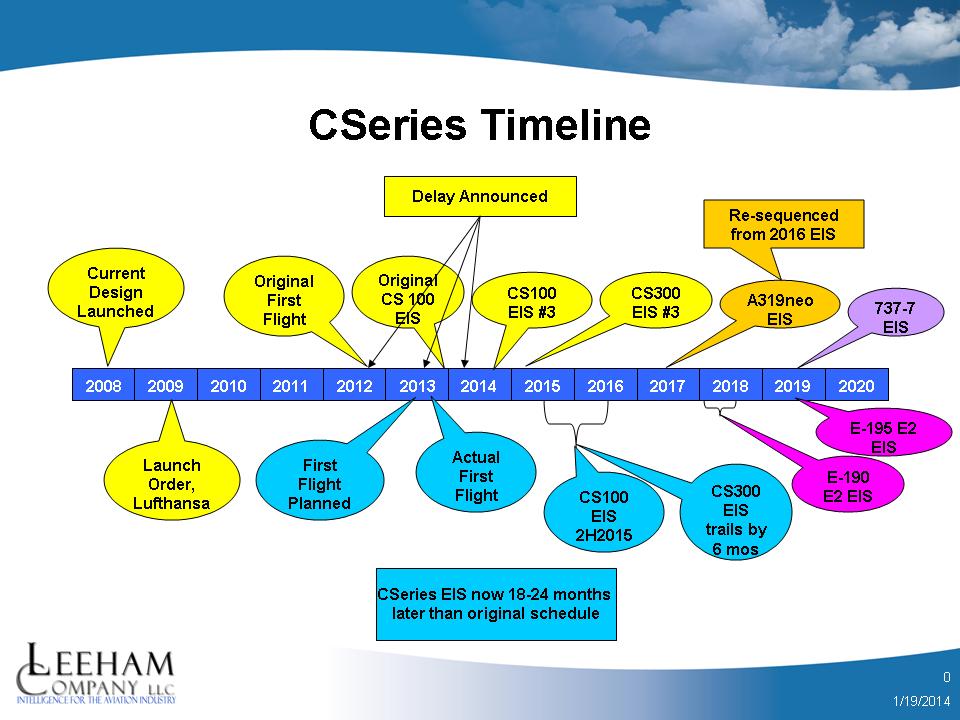Leeham News and Analysis
There's more to real news than a news release.
Odds and Ends: GAO report on ‘Boeing’s bank;’ C919; Airbus widebody strategy
GAO report on ‘Boeing’s bank:’ The US Government Accounting Office, a non-partisan investigating agency, completed a study of the funding and guarantees provided by the US ExIm Bank, which is under criticism from Congressional Republicans, and concluded non-US airlines do benefit from what amounts to subsidies.
These put US competitors at a disadvantage, GAO concludes. The full 29 page PDF may be found here.
The study period covered the global financial crisis, during which a good deal of private capital funding dried up. Airbus and Boeing each relied more heavily on export credit agencies for customer financing–ExIm in Boeing’s case and collectively European Credit Agencies, or ECAs, for Airbus.
The GAO found that ExIm funded or guaranteed financing for 789 Boeing wide body aircraft while the ECAs supported 821 Airbus wide-bodies.
Parenthetically, this statistic alone should demonstrate to Congress the need for ExIm to continue to be available for Boeing airplanes.
China’s closed airspace hasn’t changed much in 20 years
China’s military continues to so control–and close airspace–in China that delays are rampant, this AP story reports. We’re reminded on the era when we were doing business in China, going there nine times in a 4 1/2 year period from December 1988-mid 1993.
Visiting a number of airlines there, one of which was operated by the military, along with CAAC, CASC and the McDonnell Douglas Shanghai factory, we were struck by the low aircraft utilization: only six or seven hours. Western standards were 10 or more. Even then, we were told, the military control of the skies was a key factor. The low utilization rate then clearly contributed to the need to buy more airplanes to meet traffic growth than was necessary. We haven’t seen any data on today’s utilization rate, but we have to believe this nexus remains.
Flying Chinese carriers then was pretty alarming at times. A ramp worker smoked while refueling a plane, with the refueling connection spraying fuel on the ramp. Carry-on baggage was in the aisle on take off. A person was in the lav on take off. We’ve read some stories in recent years that suggest not much has changed.
Back then, getting into China had limited options. We flew to Tokyo and pretty much had to take Air China into Beijing. A direct air route would go over Korea. We couldn’t go through North Korean air space and apparently flying over South Korean to China was then forbidden, so we had to route south around the Korean peninsula, adding a great deal of time to the flight.
The McDonnell Douglas Shanghai factory was primitive even by standards of the day then, well before robotics and moving production lines. The factory was producing one MD-80 a month and the planes were essentially hand-built. This antecedent might be why the MD-80-looking ARJ21 is having such difficulty. The factory drew so much power that parts of Shanghai went brown-out or black-out during the day, an issue presumably long-since overcome in the Shanghai power grid.
The MD-80 plant was supposed to be MDC’s “in” to gain market share. While selling something like 40 MD-80s/90s (if memory serves) to China via this plant, the venture clearly was a failure and the Chinese used the operation to learn a bit about commercial aviation. Embraer had an ERJ plant in China for the same purpose, and likewise came up short of its goal while the Chinese benefited more. The Airbus plant in Tianjin seems to have been more successful, but we don’t think it’s coincidence that the COMAC C919 looks a lot like the A320.


